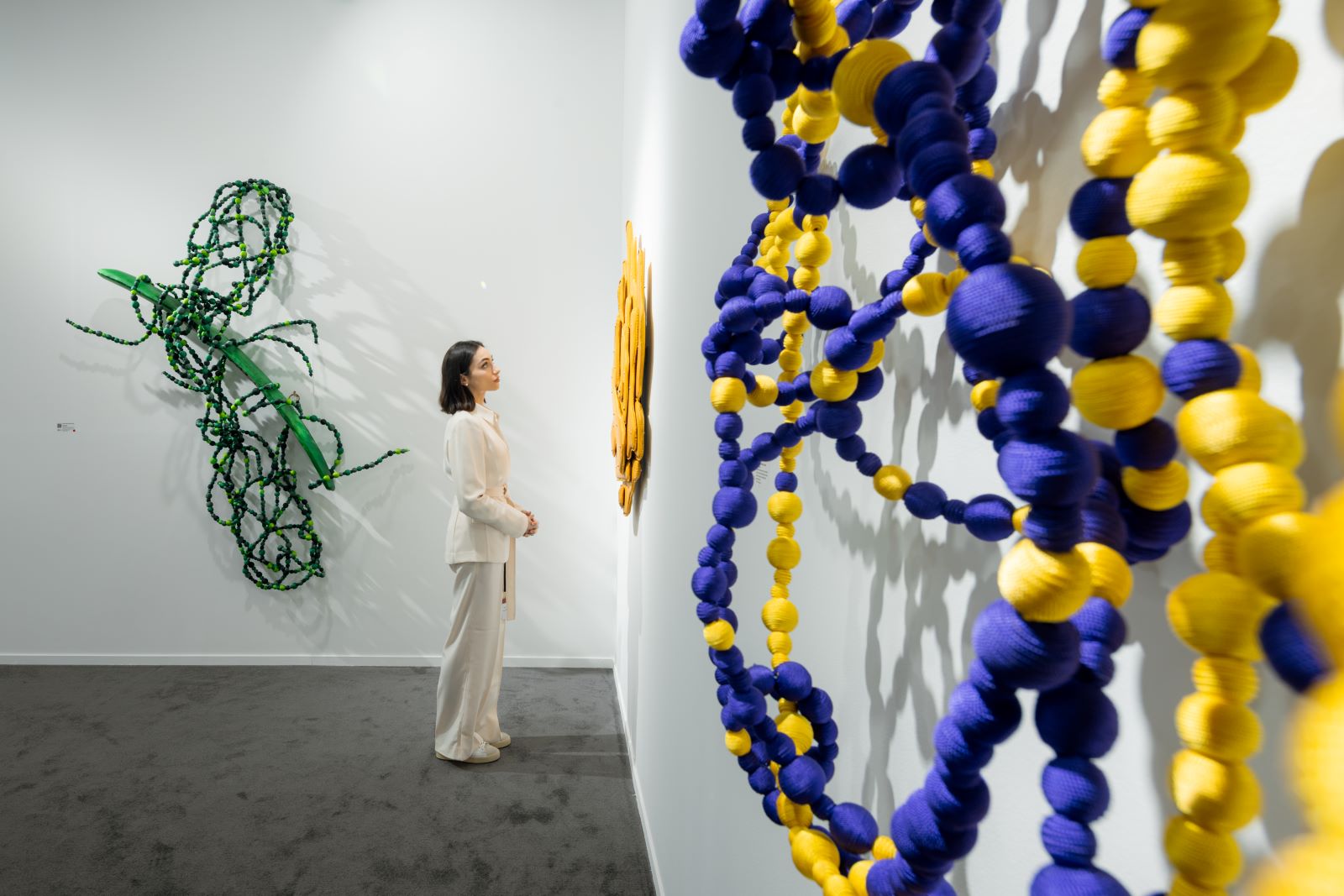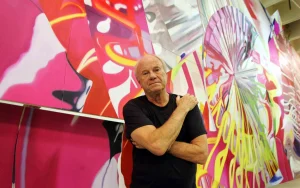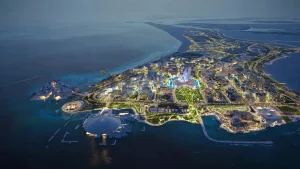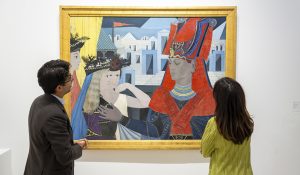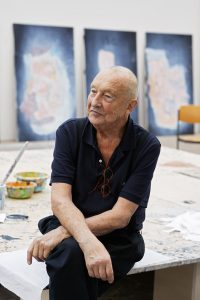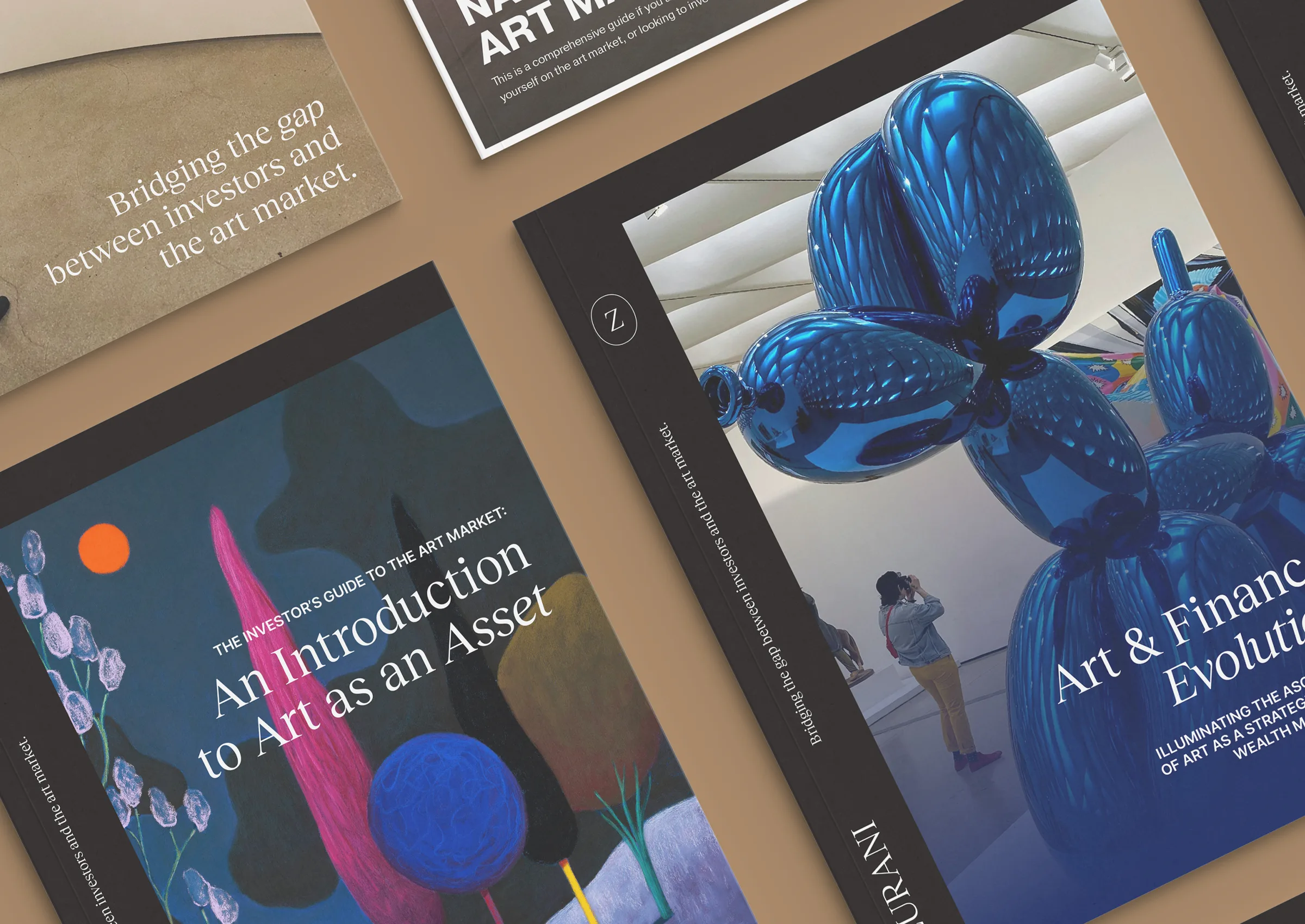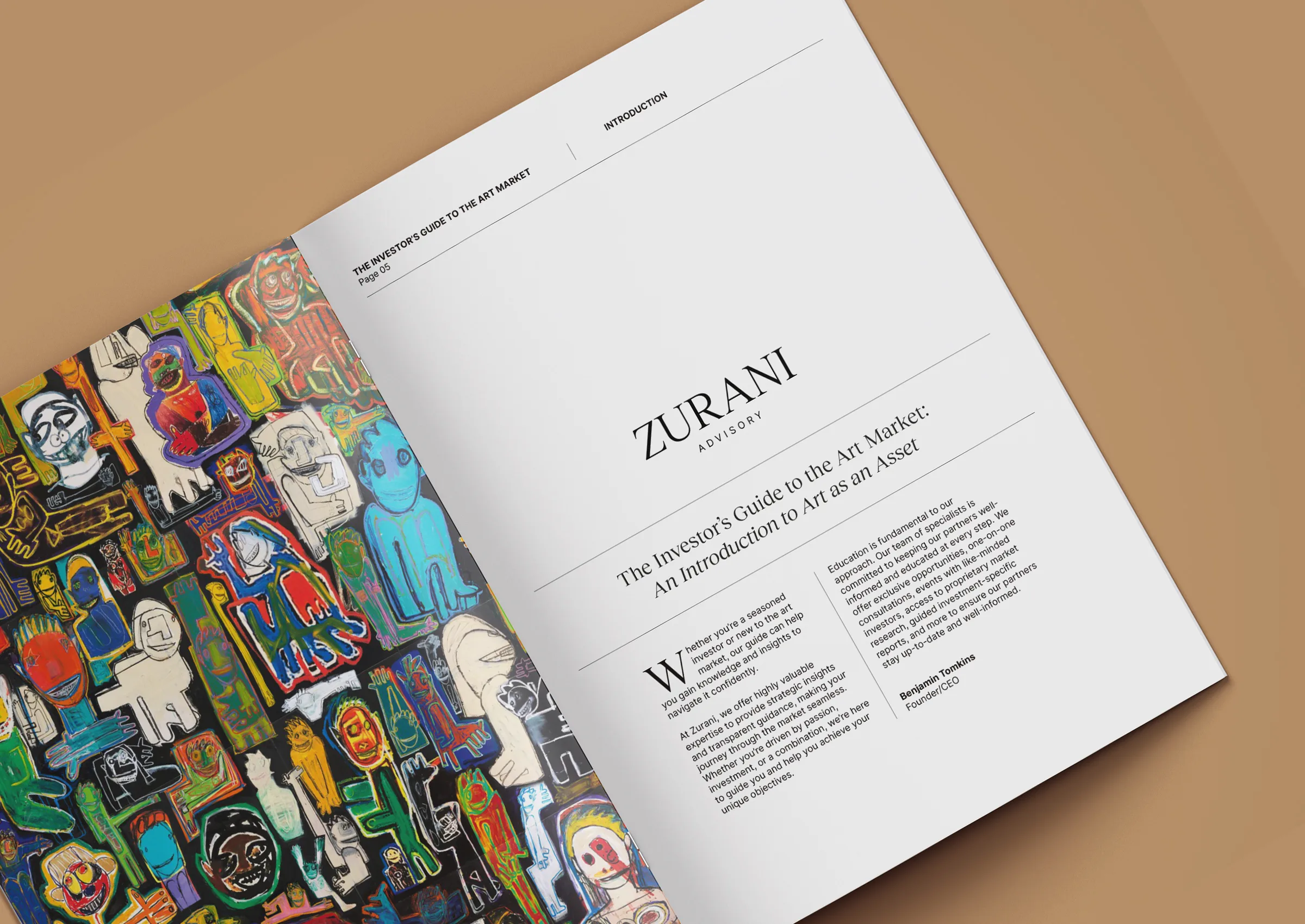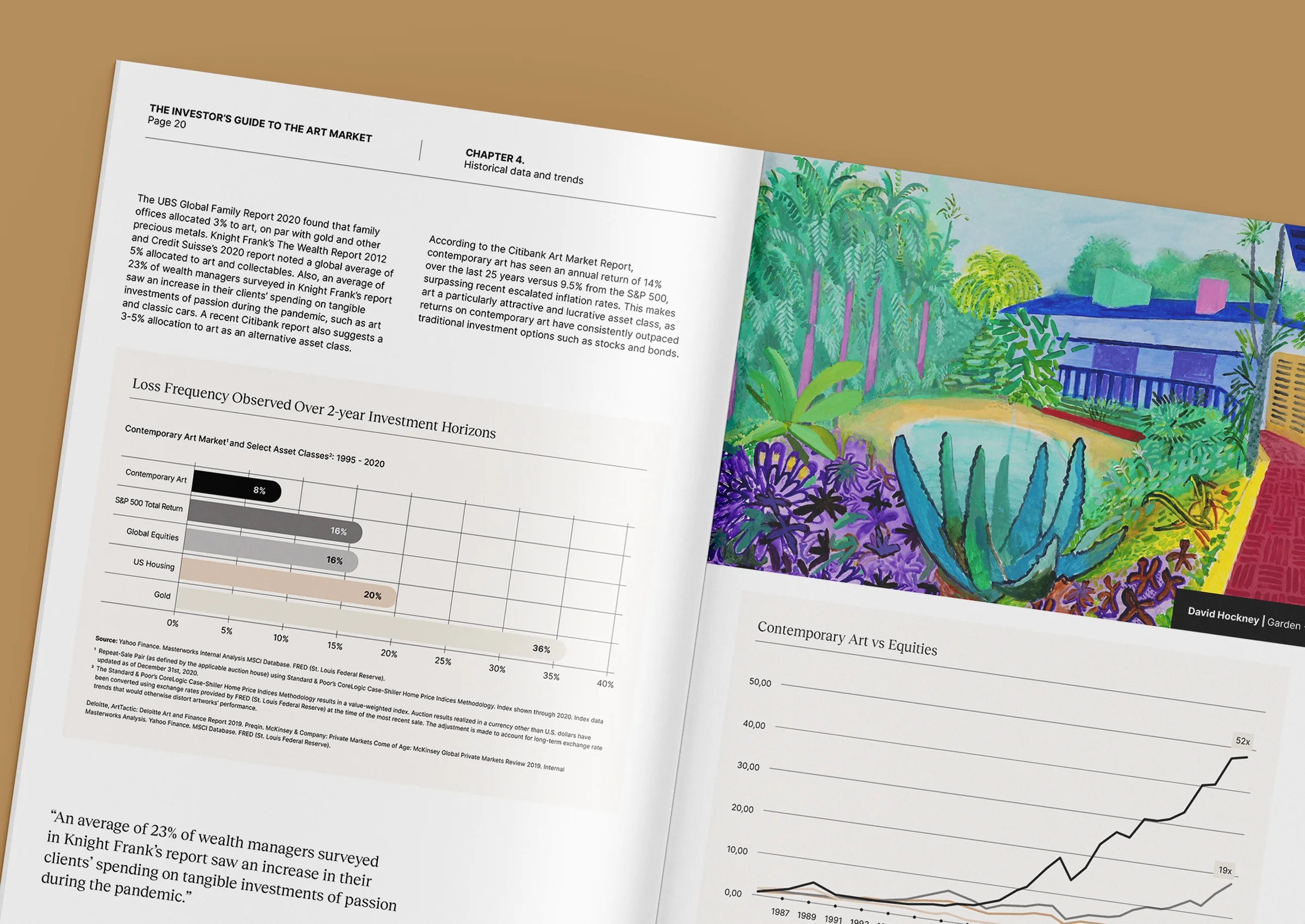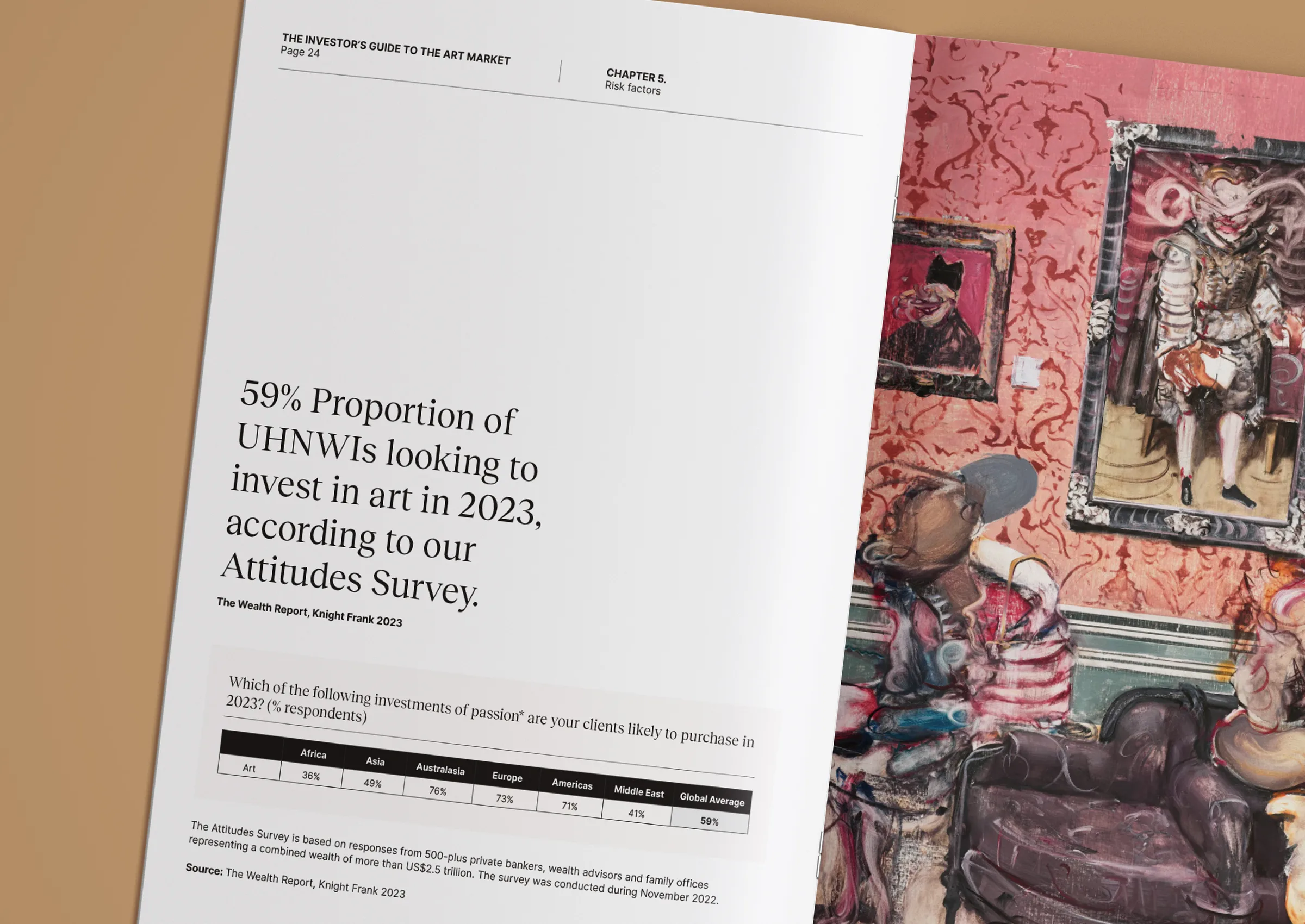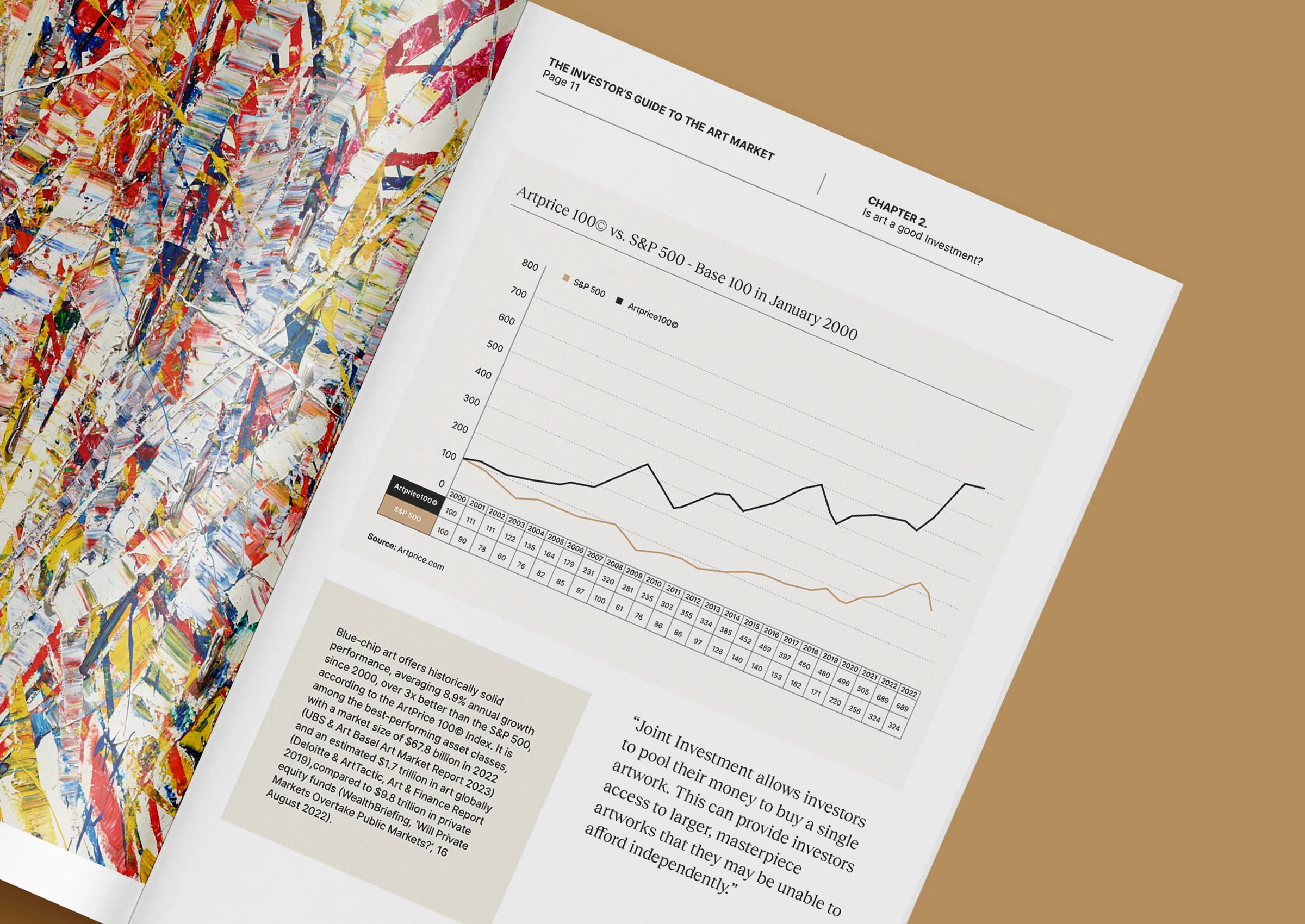What Art Dubai 2025 tells us about the future of collecting
Now that the dust has settled on Art Dubai 2025, one thing is clear: the art collecting landscape is undergoing significant evolution. Quietly, but with intent. The art world’s centre of gravity continues to shift, not just towards the Global South, but towards collectors who think long-term, cross-culturally, and beyond the purely transactional.
Held at Madinat Jumeirah with over 120 galleries and record attendance, this year’s edition of Art Dubai was more than just a marketplace. It was a barometer. A mirror reflecting what collectors, curators, and cultural investors are prioritising today, and what that might mean for tomorrow.
At Zurani, we look closely at events like Art Dubai not simply for what’s on the walls, but for what’s in motion behind them. Here’s what this year’s fair revealed about the future of collecting.
Regional artists are stepping onto the global mainstage
While the presence of major galleries like Perrotin and Pace continues to anchor the fair’s international credibility, it was the rise of MENA and South Asian artists that created the real conversation this year.
Works by artists such as Hayv Kahraman, Samia Halaby, and Ayesha Sultana, many of whom reflect diasporic or postcolonial narratives, were not only placed in prominent booths but also acquired by major regional and international collectors alike. This growing appetite signals a shift in both curatorial and investment focus.
Collectors are now seeking works that convey both local relevance and global resonance, pieces that address identity, migration, memory, and place, without being confined to a single geographical context.
For those building collections in the Gulf, this creates an opportunity to lead rather than follow. Institutions in Doha, Sharjah, and Abu Dhabi are already ahead of the curve, acquiring works that bridge regional narratives with contemporary abstraction. Private collectors are now doing the same, and increasingly, with curatorial confidence.
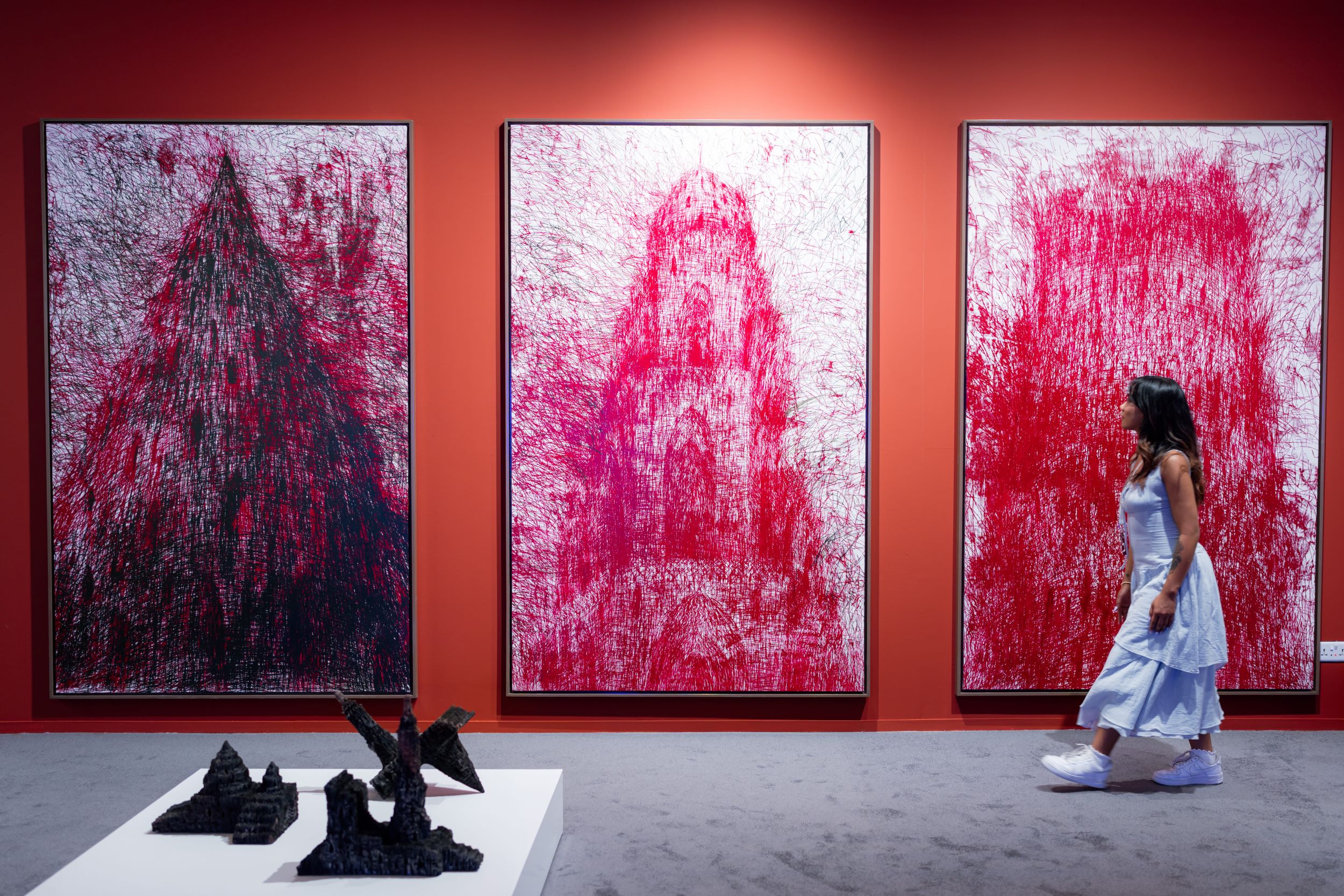
The next generation of collectors is digital-first, values-led
One of the quieter but more meaningful shifts at Art Dubai 2025 was the presence of a younger collector base, many of whom approach collecting through a different lens.
Rather than looking solely for trophy pieces, this group is prioritising values: sustainability, representation, and intellectual rigour. They’re less concerned with resale, and more interested in narrative, research, and resonance. For them, collecting is about alignment, not accumulation.
Many are also digital natives, comfortable exploring hybrid platforms and virtual previews. While the NFT surge has faded, the tools remain, and new modes of presentation are emerging in its wake. Several galleries this year used interactive or augmented displays to contextualise conceptual works, helping bridge the gap between the physical and digital experience.
For established collectors, this trend is worth watching. It points to a future where collecting is not only about owning, but about engaging with ideas, histories, and broader communities.
Franchised galleries are shaping global taste, but regional ecosystems still matter
The expansion of mega-galleries into the Gulf continues, with more international names taking part in Art Dubai and establishing regional outposts. This institutional presence offers collectors confidence, liquidity, and access to high-demand artists, while also reinforcing a certain global aesthetic.
What stood out this year, however, was the strength of independently curated booths and smaller regional platforms. Spaces like Lawrie Shabibi (Dubai), Experimenter (Kolkata), and Green Art Gallery (Dubai) offered tightly curated presentations that rivalled their larger counterparts in thoughtfulness and visual impact.
This suggests a dual pathway for collectors. On the one hand, blue-chip acquisitions remain important for maintaining portfolio stability and enhancing international relevance. On the other hand, working with regional galleries can offer more access, more dialogue, and often, earlier entry points into rising careers.
At Zurani, we often advise clients to consider both blending legacy with discovery and financial value with cultural engagement.
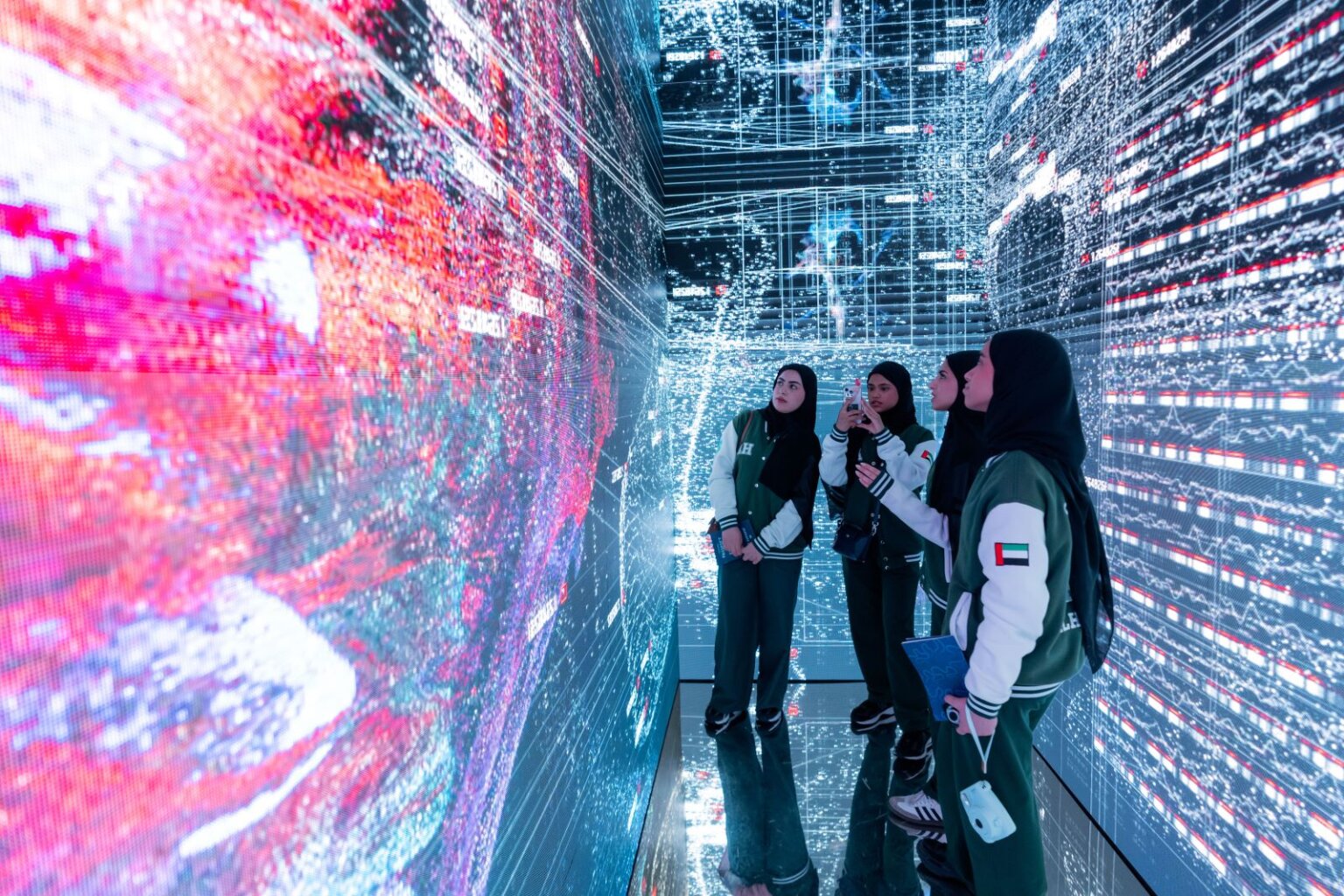
The Middle East is no longer just a market, it’s a cultural engine
More than any other edition in recent memory, Art Dubai 2025 confirmed what many have suspected for years: the region is no longer a passive receiver of art. It is now a producer, a narrator, and increasingly, a centre of influence.
With over $5.3 billion invested in cultural infrastructure across the UAE alone [1], and regional art-linked tourism projected to reach $3.6 billion by 2030 [2], the market is not only growing, but also maturing.
Private museums, residency programmes, and collector-led initiatives are becoming the norm, not the exception. Collecting here is no longer about prestige. It’s about contribution to national identity, cultural memory, and global dialogue.
Why this moment matters
Art Dubai 2025 was not defined by a single trend or headline. Its significance lies in its accumulation of signals, which indicate that collecting is becoming more conscious, diverse, and regionally anchored.
For Zurani’s clients across the UAE, Qatar, Mumbai, Singapore, and beyond, this is a moment to collect not just with confidence, but with clarity. To ask what role a collection plays, not only in a portfolio, but in the broader cultural landscape.
Because collecting today isn’t just about what you acquire, it’s about what you stand for.
To explore curated acquisitions shaped by cultural insight and long-term vision, speak to our team at +971 58 593 5523, email us at contact@zurani.com, or visit our website at www.zurani.com.
Sources
[1] theartnewspaper.com/2024/06/19/uae-arts-funding-2024
[2] artmarketresearch.com/middle-east-tourism-cultural-growth-2030
